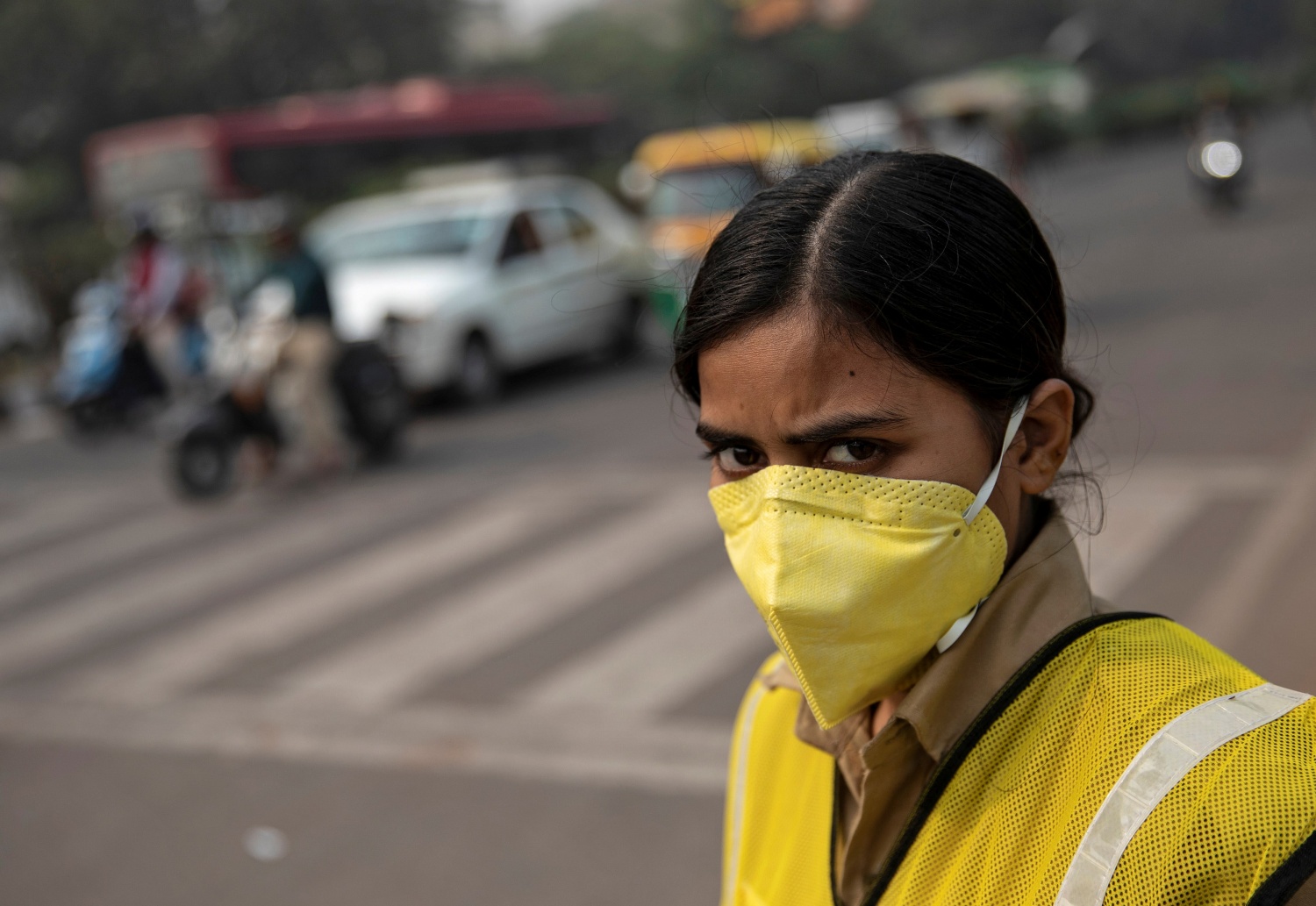


Ash control after combustion in Boiler: The ash being generated after combustion of Fossil fuel or any biomass like rice husk, wood chips, Bagasse, Spent Wash, Palm Fiber, Empty fruit bunch (EFB), Coal, Anthracite, Lignite, inside a Boiler is called as Suspended Particulate Matter (SPM).Thermax focuses on resource recovery which is advantageous to process focused industries and provides several customized products for controlling air pollution: These include products and systems for air pollution control, services for equipment that specializes in dealing with gaseous and particulate emissions. They offer single-source expertise for several areas of protection of the environment. Thermax is among the top five manufacturers of industrial pollution control equipment in India and offers innovative and sustainable solutions that solve problems of air pollution. Thermax Group provides a range of engineering solutions that are sustainable and environmentally friendly in nature. Electrostatic Precipitators – When the polluted air containing particulate pollutants is passed through an electrostatic precipitator, it induces an electric charge on the particles, and then the aerosol particles get precipitated on the electrodes.Wet Scrubbers – They are used to trap SO2, NH3 and metal fumes by passing the fumes through the water.The process of controlling air pollution by usingįabric filters is called &’bag filtration’ The particulate present in the polluted air is filtered and gets collected in the fabric filters, while the gases are discharged. Fabric Filters – The particulate matter is passed through a porous medium made of woven or filled fabrics.Rapid change in the direction of air flow – This brings about separation of particles due to greater momentum.Gravity – In this process, the particulate settles down by the action of gravitational force and gets removed.can be controlled by using fabric filters, wet scrubbers, electrostatic precipitators, and certain mechanical devices, that work on the basis of the following: Means of controlling particulate emissions -The air pollution caused by particulate matter such as dust, soot, ash, etc.The gaseous pollutants are adsorbed at the surface of the porous solid, and clean air passes through. Adsorption – In this technique, the polluted air is passed through porous solid adsorbents kept in suitable containers.Absorption – In this technique, the polluted air containing gaseous pollutants is passed through a scrubber carrying a suitable liquid absorbent, which absorbs the harmful gaseous pollutants present in the air.The organic air pollutants are exposed to ‘flame or catalytic combustion’ when they are converted to less harmful product carbon dioxide and product water. Combustion – This method is applied when the pollutants are organic gases or vapours.Latest techniques of air pollution control are: The selection of control technologies depends on environmental, engineering, economic factors and pollutant type. To effectively clean the pollutants would require an increased application of control procedures as well as the adoption of new techniques. Therefore, a good understanding of the pollutants and their sources is necessary before a particular control technology is implemented and applied to any particular situation. The techniques of air pollution control is used to reduce the gaseous & particulate emissions of harmful substances that can affect not only human health but also the environment. Common pollutants include dust, soot, ash, carbon monoxide, carbon dioxide, sulphur dioxide, oxides of nitrogen, hydrocarbons, chlorofluorocarbons (CFC), lead compounds, asbestos & cement dust, pollens, and radioactive rays.

Most air contaminants originate from combustion or reduction processes.Įach year the numbers of possible sources increase rapidly with the accelerating trends of population growth, urbanization, industrialization and increased affluence.Īir pollutants are many and have differing physical and chemical characteristics, as also a vast number of sources. Air Pollution is defined as the presence of certain substances in the form of particles or gases in concentrations high enough and for durations long enough to cause harm or undesirable effects.


 0 kommentar(er)
0 kommentar(er)
